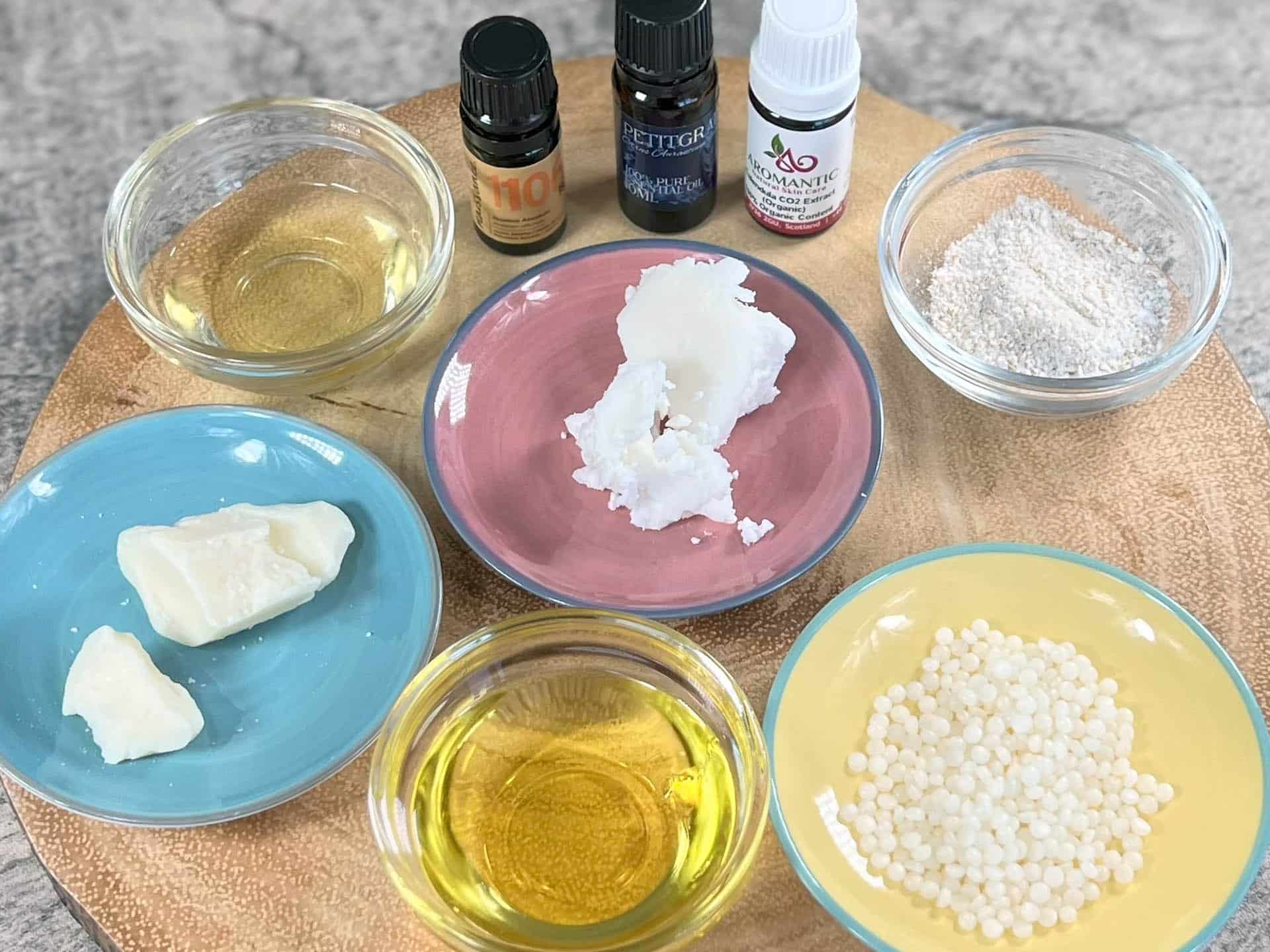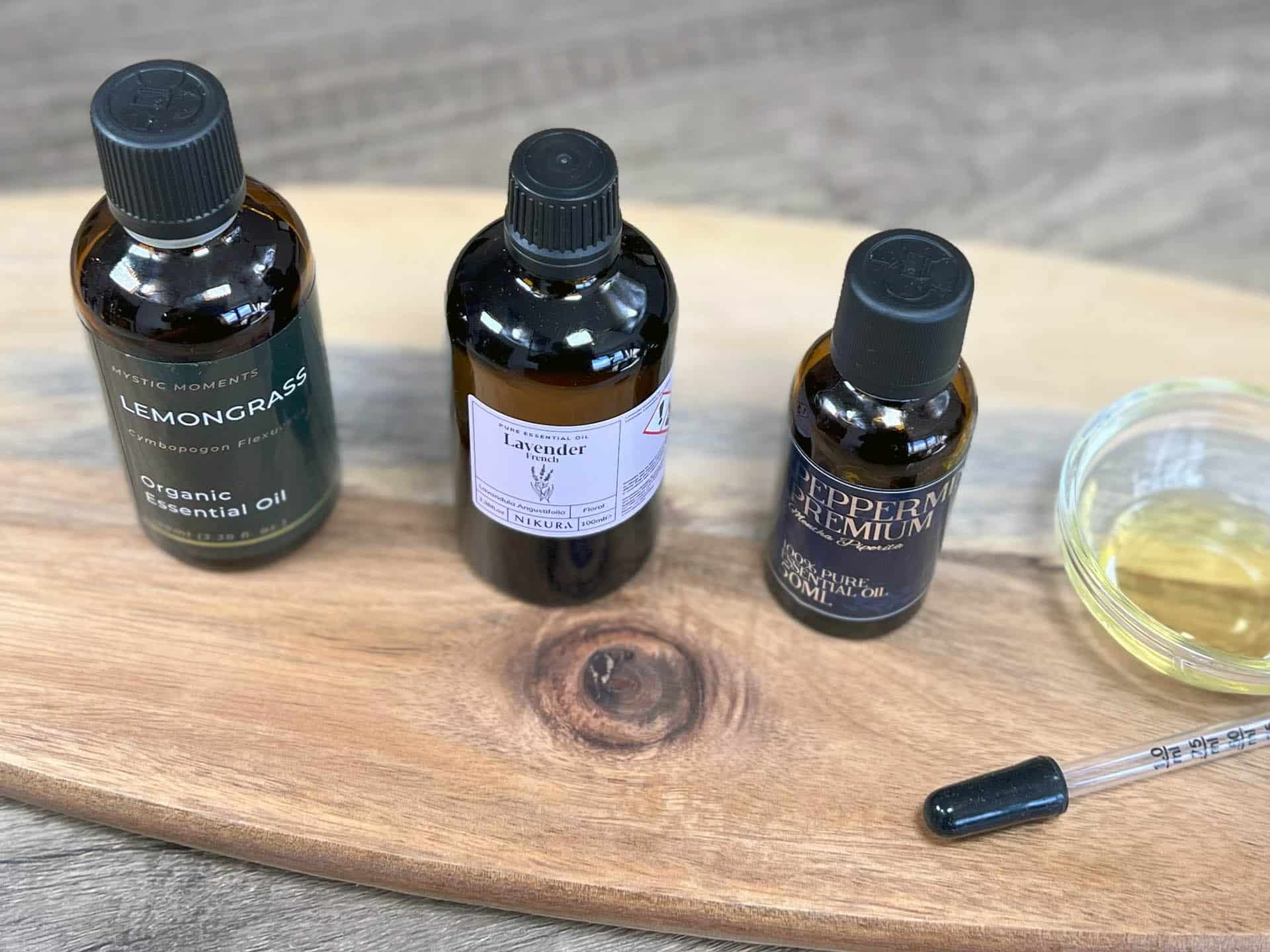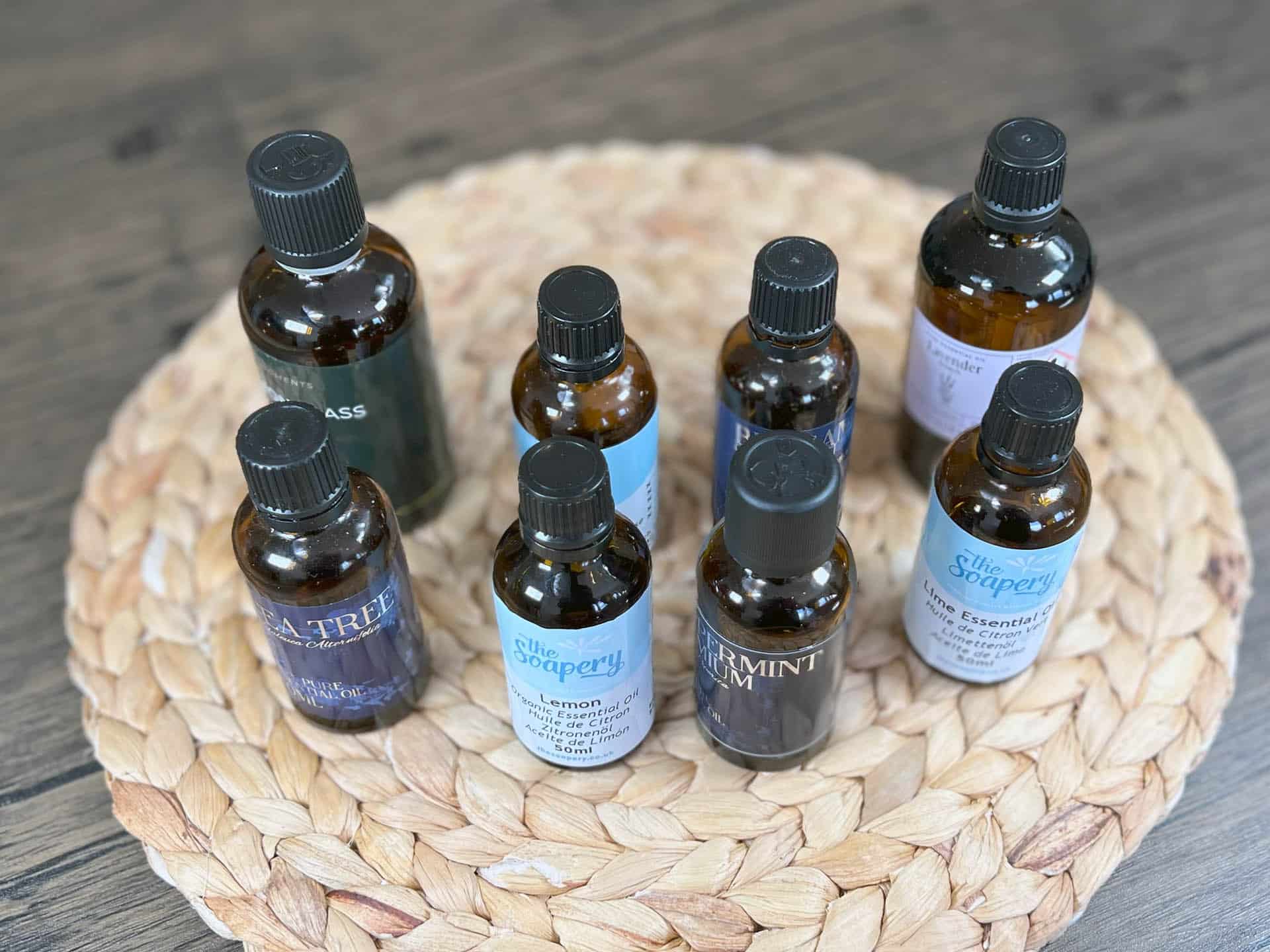Have you ever wondered what exactly are lotion ingredients? If you’ve ever stood in your bathroom with a bottle of body lotion and thought, why is it so creamy and silky, and what makes it white and thick? Then you’re my people.
I started paying attention to body lotion ingredients because my skin was drinking products and still looking a bit tired.
Moisture is amazing. But the right blend can do more. It can brighten, cushion, soothe, even help the look of texture over time.
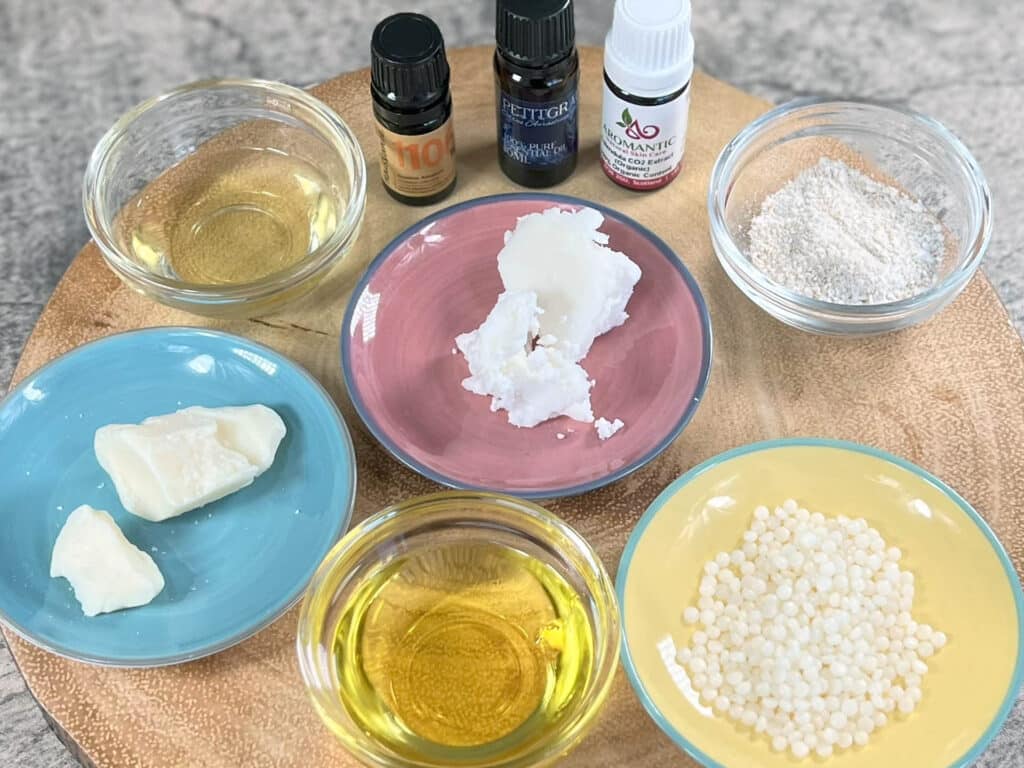
Before We Begin
I learned that the hard way with a homemade lotion that split on me. It went from silky to salad dressing when I got impatient with the blender. I still remember the scent of orange blossom hydrosol as I fought a losing battle against separation. Not my finest hour, like at all.
Many, many lessons were learned, encouraging me to really understand what makes good lotion ingredients tick! And I also discovered that emulsions are some of the hardest DIY beauty products to get right. So I put my thinking hat on and really thought about the problem.
But before we get into the weeds, one quick note. I lean natural. Or at least, as natural as possible.
Plant oils, botanical extracts, food grade acids where possible, and preservatives that are accepted in clean personal care. I’ll mention a few nature-identical options, but I won’t push overly synthetic additives.
With that in mind, let’s build a lotion that feels like skincare and a tiny bit like therapy.
Body Lotion v Face Cream: There isn’t much of a difference between lotions and face creams in terms of consistency. Some will argue that lotions are thinner than face creams, but this isn’t always the case.
The main issue is that body products are often formulated with ingredients that are not suitable (or not suitable in certain concentrations) for the face. But when we’re formulating our own products we can make them safe for both. Learn more about how to formulate natural and safey moisturizers in our Fabulous Face Creams course.
What Exactly Is Lotion?

A lotion is an emulsion, which is a super fancy way of saying oil and water that is held together with a helper. In this case, that helper is an ’emulsifier’. Milk is a great example of an natural emulsion. It combines water with a bunch of natural oils, minerals and vitamins that a calf needs to grow strong.
Most body lotion formulas are basically water or hydrosol, often 70 to 80 percent. We call this an ‘oil in water emulsion’, because it’s mostly water with a bit of oil in it. with an oil phase that carries emollients, butters, and waxes. When you blend these into a stable emulsion, you get something that spreads easily, sinks in, and keeps moisture near your skin where you want it.
Think of it like a salad dressing that never separates, only creamier and far better for your elbows. And yes, different lotion ingredients totally change vibe, sometimes completely. For example, a lightweight aloe based lotion feels nothing like a cocoa butter rich one, even if both are technically “moisturizers.”
How A Lotion Comes Together
There are two phases to every emulsion.
- A water phase, which can include distilled water, aloe vera juice, hydrosols, humectants like glycerin.
- And an oil phase, which holds your plant oils, butters, and the emulsifier.
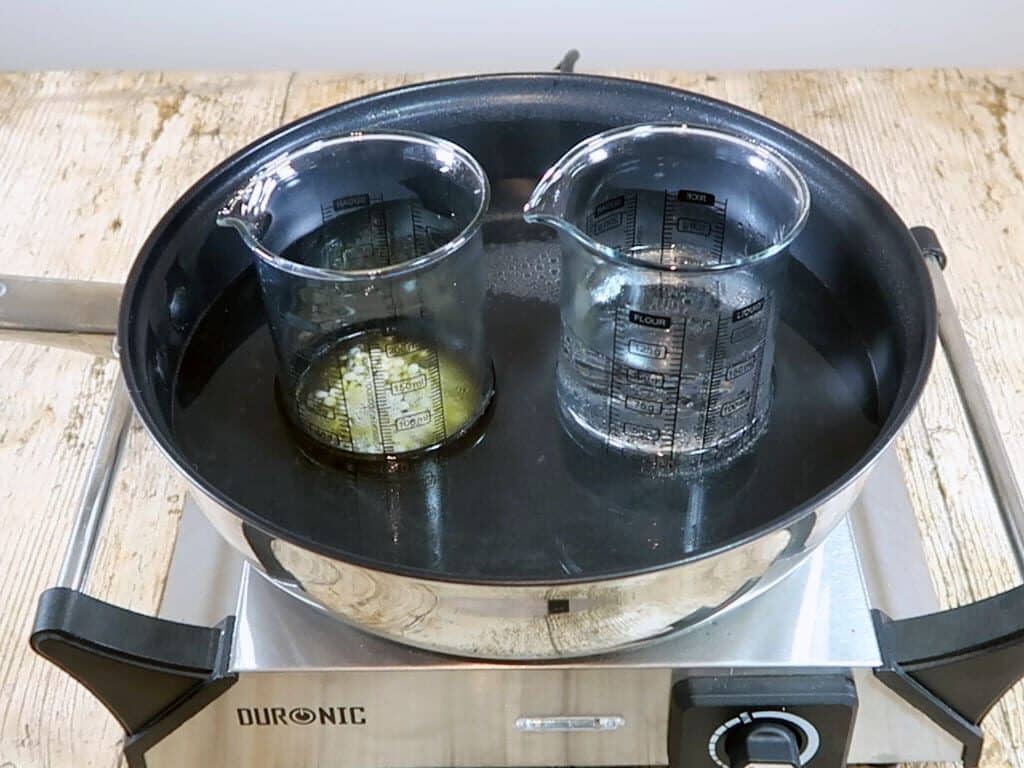
You heat both phases gently, combine, then shear blend until it cools and thickens. Add your heat sensitive ingredients near the end, things like vitamin E, essential oils for scent, and the preservative.
It sounds straightforward. The imperfections live in the details. I once rushed cooling because I was late for dinner and ended up with a runny cream that never set, then I overcorrected the next time and created a body butter brick.
Somewhere between those extremes is your sweet spot.
Lotion Ingredients You’ll Actually Use
Here’s the backbone I reach for when I formulate any lotion recipe. Your skin type will nudge the ratios, but the building blocks are surprisingly consistent.
- Water or hydrosols, often 60 to 75 percent. Rose, chamomile, or lavender hydrosol smell lovely and feel gentle.
- Humectants like glycerin or sodium PCA, 2 to 5 percent, to boost hydration.
- Emollients from plant oils, 10 to 20 percent. Sunflower, jojoba, meadowfoam are reliable.
- Butters, 2 to 8 percent, for body and slip. Shea butter or mango butter are classics.
- An emulsifier that is accepted in natural formulating, 3 to 7 percent. Olivem 1000 or a sugar based glucoside blend is great.
- A preservative that works in water based personal care products, usually around 0.8 to 1 percent. We get to this in a bit.
- Antioxidants and actives, 0.5 to 3 percent. Vitamin E, panthenol, oat extract, green tea.
- Optional scent, 0.2 to 1 percent with essential oil, measured carefully for skin safety.
When you see lotion ingredients laid out like this, you start to see why each role matters. Take one away and the whole thing feels different.
Humectants That Attract and Bind Moisture

Humectants are one of many wonderful lotion ingredients you can incorporate into your formulations. They pull water toward the skin, then help hold it there for a longer window.
Glycerin is the humble hero here. It’s inexpensive, derived from plant oils, and at 2 to 4 percent it adds bounce without tackiness. Yes, you can go higher. Personally, at 5 percent I notice a bit of drag unless I offset it with a nice cosmetic butter.
Hyaluronic acid is another favorite. Most of what we use is produced by fermentation, and you can pick a low or medium molecular weight version. However, avoid using this ingredient too much if you live in ultra arid climates, as there’s some evidence to suggest it can speed up TEWL. But this is still being researched so keep your eyes peeled for this, my desert dwellers.
I keep a note on my mixer to add humectants to the water phase first, so they dissolve fully. When I forget, I pay for it with little pilling later.
Emollients That Smooth and Soften
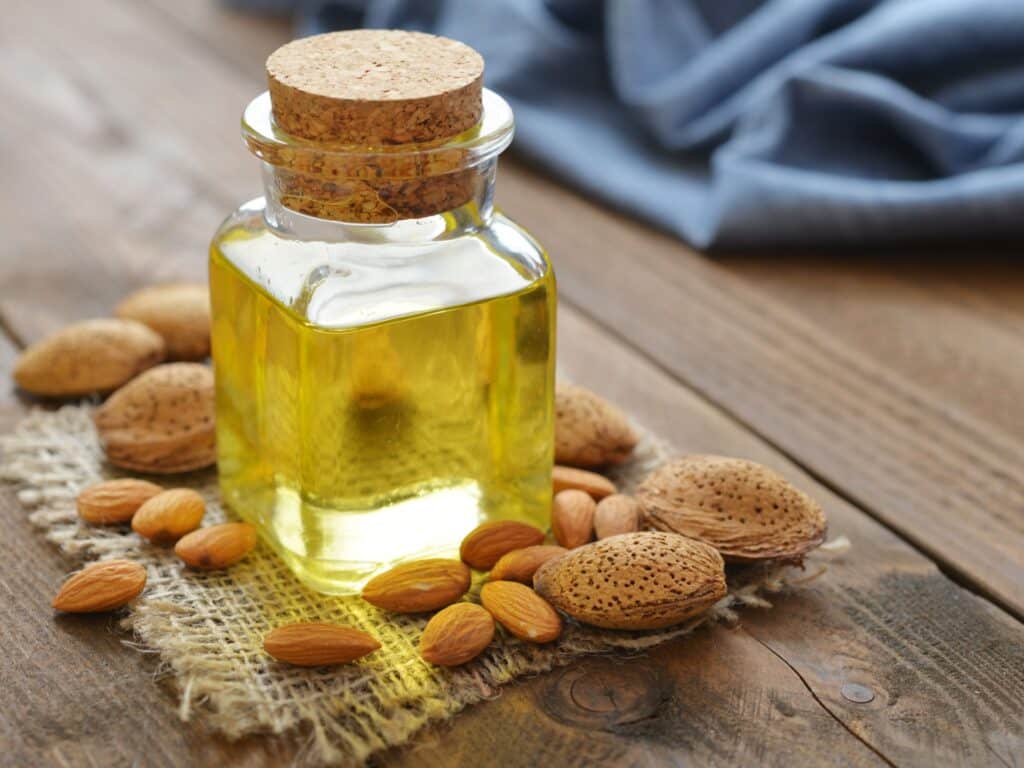
Emollients soften the look of rough patches and help your skin feel nice to touch. Of all the different lotion ingredients, they’re perhaps the most important for moisturizing our skin.
Plant oils are my go to. Jojoba oil is technically a liquid wax that mimics skin’s own sebum, which is why it feels so balanced even for oily skin. Sunflower seed oil lends light glide and is rich in linoleic acid, which many complexions appreciate.
If you prefer a richer body lotion, try sweet almond oil or sesame. For a more stable option, meadowfoam seed oil resists oxidation beautifully and keeps your blend from smelling like old nuts after a month.
And while we are here, vitamin E is not a preservative, it is an antioxidant. I add 0.3 to 0.5 percent tocopherol to protect those delicate oils from going rancid.
Occlusives To Lock It All In
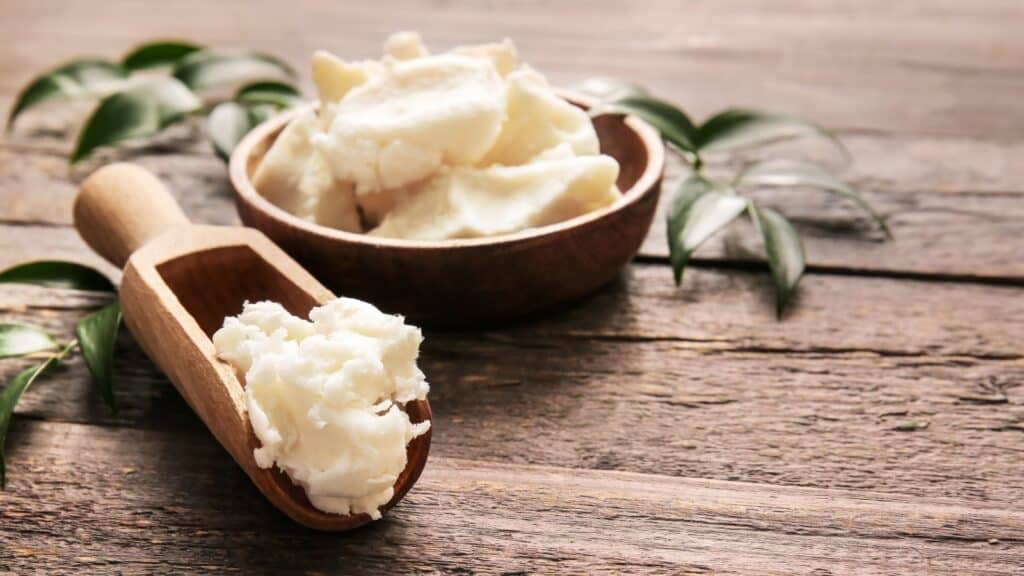
Occlusives create a breathable film that slows water from escaping. If you have very dry shins or elbows during winter, you already know how powerful that is.
Lotion ingredients that are natural occlusives include cosmetic butters like shea butter, cocoa butter, cupuaçu butter, and natural source waxes like beeswax or candelilla for a vegan route. Lanolin is excellent if you are not vegan and can tolerate it, it locks in moisture like nothing else.
Keep the percentages sensible. A touch of beeswax, say 0.5 to 2 percent, adds structure and a soft seal, but too much turns your lotion into a salve.
Butters at 3 to 6 percent will make a noticeable difference in the way your lotion cushions the skin without feeling greasy when you pick up your coffee mug. Cupuaçu is a sleeper star. It holds water well and gives that plush, bouncy feel.
Plant Oils and Butters: Nourish and Replenish!

Let’s get into it shall we? Shea butter brings in stearic and oleic acids, an ultra creamy texture, and a faint nutty scent that is heavenly when paired with vanilla or citrusy essential oils.
Mango butter is lighter, less scented, and perfect for spring.
Cocoa butter is firmer, more occlusive, with a chocolate scent you either love or you absolutely do not. You know which camp you’re in.
For the face and neck, I keep it as clean as possible. Jojoba plus a drop of squalane from olives feels elegant.
For a DIY body lotion, I like a blend with sunflower or apricot kernel, and 3 percent shea for comfort. If your skin tends to be oily, you might prefer grapeseed or hemp seed oil in smaller amounts, both higher in linoleic acid. That little switch can reduce the chance of clogged pores on the chest or back.
Sustainability matters here. Look for cold pressed, fair trade butters and oils, and consider the source. Palm derivatives can be sustainable when certified, but I often choose alternatives like babassu or coconut oil when I want a quick melting feel.
Bonus Actives for Added Benefits
This is where body lotion ingredients go from nice to special. A few I reach for:
- Panthenol, the pro vitamin B5, at 1 to 2 percent. It improves the feel of hydration and supports a happier skin barrier.
- Green tea extract, 0.2 to 0.5 percent. Great for a fresh morning body lotion, and it plays well with aloe.
- Calendula CO2 or an infused oil, gentle and comforting for skin that sees a razor often.
- Colloidal oatmeal, 0.5 to 1 percent, a classic for reducing the look of redness after a long day outside.
- Phytoceramides, 0.2 to 1 percent, to strengthen the feel of the skin’s own moisture shield.
- Vitamin E, as mentioned, not a preservative but a protector against rancidity.
If you like a little glow, hibiscus extract or rosehip oil can add a hint of brightness over weeks, nothing dramatic, just a more even look. And if you’re a minimalist, pick one active ingredient and use it consistently rather than sprinkling five and hoping for magic.
Fragrance, if you want it

Scent is personal. I used to think I hated anything scented until I figured out I just disliked very strong perfume in lotion.
Essential oils are the natural path, but they come with rules. Keep dermal limits in mind and always dilute properly. For a body lotion, 0.2 to 0.8 percent total essential oils is a good window for most skin types.
A few easy blends:
- Lavender with a touch of sweet orange, simple and cozy.
- Cedarwood, tiny bit of bergamot FCF, and a drop of vanilla in jojoba, a warm neutral that somehow suits all seasons.
- Peppermint, used very lightly, for a summer foot lotion. I once went heavy handed here and my legs felt like icicles for an hour. Not recommended.
You can also go fragrance free. Your shea butter’s soft nutty note and the hydrosol’s floral whisper create a quiet scent that disappears after a few minutes.
Preservatives Keep You Safe

Any water based emulsion needs a preservative to protect against bacteria, yeast, and mold. I know “preservative free” sounds appealing. But it’s really not.
I’ve pulled the lid off a lovely jar to find tiny spots that looked like poppy seeds. Once you see mold, you cannot unsee it.
For a natural leaning route, look at options accepted by clean certifiers. Geogard ECT is a blend of benzyl alcohol, salicylic acid, sorbic acid, and glycerin, which prefers a slightly acidic pH. Sodium benzoate and potassium sorbate can be used together in acidic formulas, though they often need help from a chelator like sodium phytate to perform well.
Keep all usage rates in the supplier’s recommended window, usually around 0.8 to 1 percent total (but definitely check what the supplier and manufacturer is saying). Add after cooling below 104 to 113 degrees fahrenheit (40 to 45 degrees celsius), otherwise you risk deactivating it. And make pH your friend! Many natural preservative systems work best near pH 5. I always jot a note to check pH at the end with strips or a meter. A tiny habit that saves a lot of guesswork!
Clean and Conscious Formulating, what to leave out
Learning how to formulate natural skin care can be a pain in the neck. There’s a whole host of do’s and don’ts. It’s easy to get lost in the chaos of misinformation and personal opinion presented as fact.
That’s why I put together a course that teaches you everything you need to know about natural emulsion formulation.
While I focus more on facial moisturizers, the principles remain the same. I take you through all the ‘frankenstein’ ingredients to avoid, and the best natural alternatives for them too. I also provide many different recipes, as well as teach other types of natural moisturizers too (gels, balms, cremes, oils and more!).
A Simple Starter Recipe
If you’re looking for a simple recipe to try for the first time, then look no further than take a look at my lotion intended for dry and mature skin types. It’s formulated with all natural ingredients for a nourishing experience that also gives you peace of mind.
And let me know what you think in the comments below! Always love to hear your opinions about my formulations.
Final thoughts
Good lotion ingredients do more than hydrate. They lift your routine, they make your skin feel comfortable, and they let you tailor a product to what your body is asking for this week. You do not need a dozen actives to see a difference.
A smart humectant, a few well chosen emollients, an occlusive that suits your climate, and a preservative that keeps the whole emulsion safe, that is the heart of a great body lotion.
You will make mistakes. Maybe it’s just me, but the batches that go sideways teach me more than the ones that turn out perfectly. Keep notes. Pay attention to how your skin responds across different seasons. And the next time you see “Lotion Ingredients” on a label, you will know exactly what they are doing for you, which is secretly empowering. Kind of addictive too.
But I won’t lie to you, I’ve definitely glossed over a lot of the information you could possibly know. I encourage you to do your own research, or consider taking one or more of my online skincare formulation courses for an indepth guide to making natural bath and beauty products.

